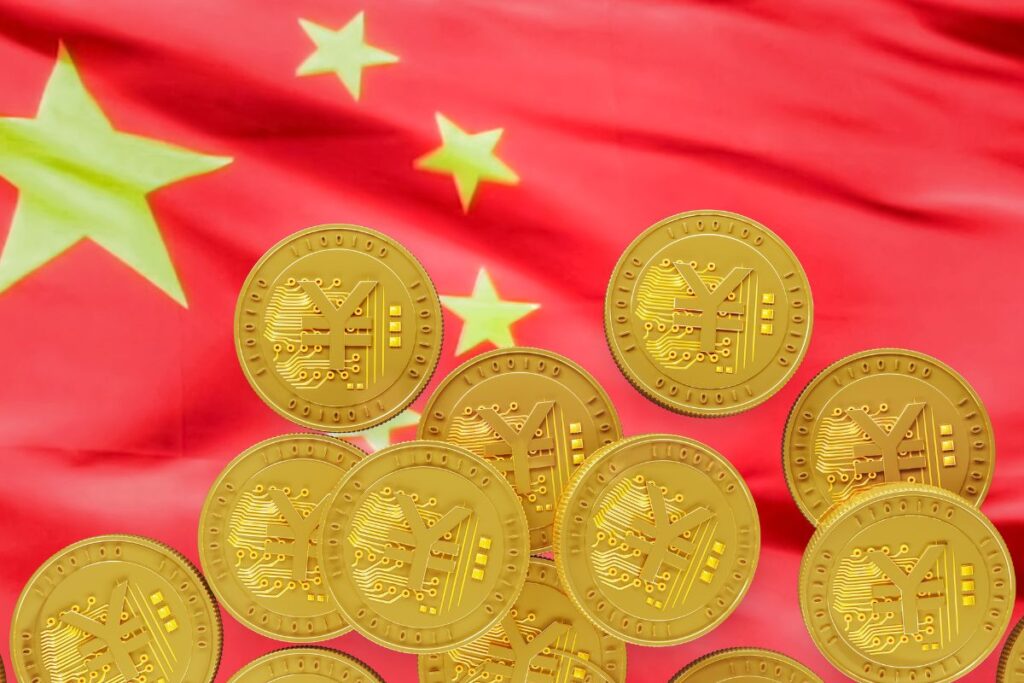
In 2019, Chinese tourists made 155 million overseas trips, and they spent over $277 billion during their travels. However, the way Chinese tourists spend money abroad is changing, thanks to the digital yuan, China’s digital currency. The digital yuan is an innovation in China’s economy, and it is already transforming the way Chinese tourists spend money abroad. In this article, we will discuss how the digital yuan is changing the way Chinese tourists spend abroad. Before we get deep, here is vital information for you that can change the way you trade digital yuan. The official website of Yuan Pay is a game changer with automated trading technology for an enhanced trading experience.
Contents
The Impact of the Digital Yuan on Chinese Tourism Abroad
The Digital Yuan, China’s new digital currency, has the potential to significantly impact Chinese tourism abroad. As more countries begin to accept the Digital Yuan, Chinese tourists may be more likely to use it for their transactions while traveling overseas.
One potential benefit of the Digital Yuan for Chinese tourists is the ability to avoid foreign currency exchange fees. With the Digital Yuan, Chinese tourists would be able to pay for goods and services directly in their currency, avoiding the need to convert to the local currency and pay exchange fees. This could potentially save Chinese tourists a significant amount of money, making travel more affordable and appealing.
Moreover, the use of the Digital Yuan could provide a more convenient and secure payment option for Chinese tourists. With traditional payment methods, such as credit cards, there is always a risk of theft or fraud. However, with the Digital Yuan, transactions are recorded on a secure blockchain, reducing the risk of fraud or theft.
Another potential benefit of the Digital Yuan for Chinese tourists is the ability to receive special discounts or promotions from merchants who accept the currency. As more merchants begin to accept the Digital Yuan, they may offer incentives to customers who use it, such as discounts or loyalty rewards. This could further incentivize Chinese tourists to use the Digital Yuan while traveling abroad.
However, there are also potential challenges associated with the use of the Digital Yuan for Chinese tourism. One challenge is the limited acceptance of the currency outside of China. While the Digital Yuan has gained some acceptance in countries such as Singapore and the UAE, its acceptance is still limited in many other popular tourist destinations. This could limit the potential benefits of the Digital Yuan for Chinese tourists and make it less appealing as a payment option.
Another potential challenge is the need for education and awareness about the Digital Yuan among Chinese tourists. As a relatively new currency, many Chinese tourists may not be familiar with the Digital Yuan or how to use it. This could lead to confusion or reluctance to use the currency, limiting its potential impact on Chinese tourism abroad.
In conclusion, the Digital Yuan has the potential to significantly impact Chinese tourism abroad, providing benefits such as cost savings, convenience, and security. However, its limited acceptance and the need for education and awareness among Chinese tourists may present challenges to its widespread adoption. As the Chinese government continues to promote the use of the Digital Yuan, its impact on Chinese tourism abroad will be an important area to watch.
The Future of Chinese Tourism and the Digital Yuan
The digital yuan is still in its early stages of development, but it has the potential to revolutionize the way Chinese tourists spend money abroad. As the digital yuan becomes more widely accepted, it could become the preferred method of payment for Chinese tourists. This could have a significant impact on the global tourism industry, especially in countries that rely heavily on Chinese tourism.
However, there are also potential challenges that need to be addressed. Firstly, the digital yuan needs to be widely accepted by other countries for it to become a mainstream form of payment for Chinese tourists. Secondly, there needs to be more education and awareness about the digital yuan and how it works, especially among Chinese tourists who may not be familiar with digital currencies.
Conclusion
The digital yuan is changing the way Chinese tourists spend money abroad. It provides a more secure and convenient way of transacting, and it has the potential to become a game-changer in the global tourism industry. However, there are also potential challenges that need to be addressed, such as the need for wider acceptance of the digital yuan and increased awareness about digital currencies among Chinese tourists.




